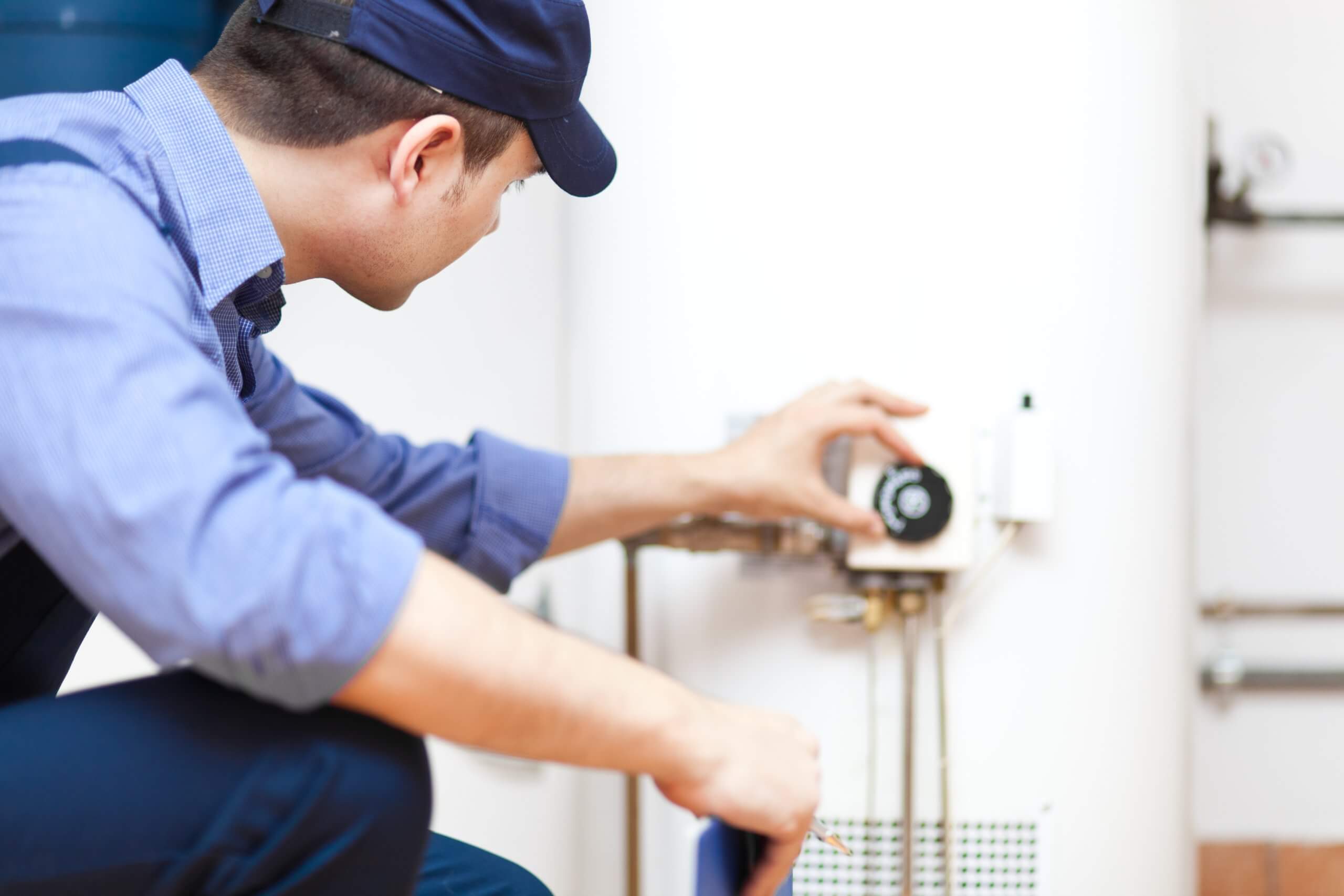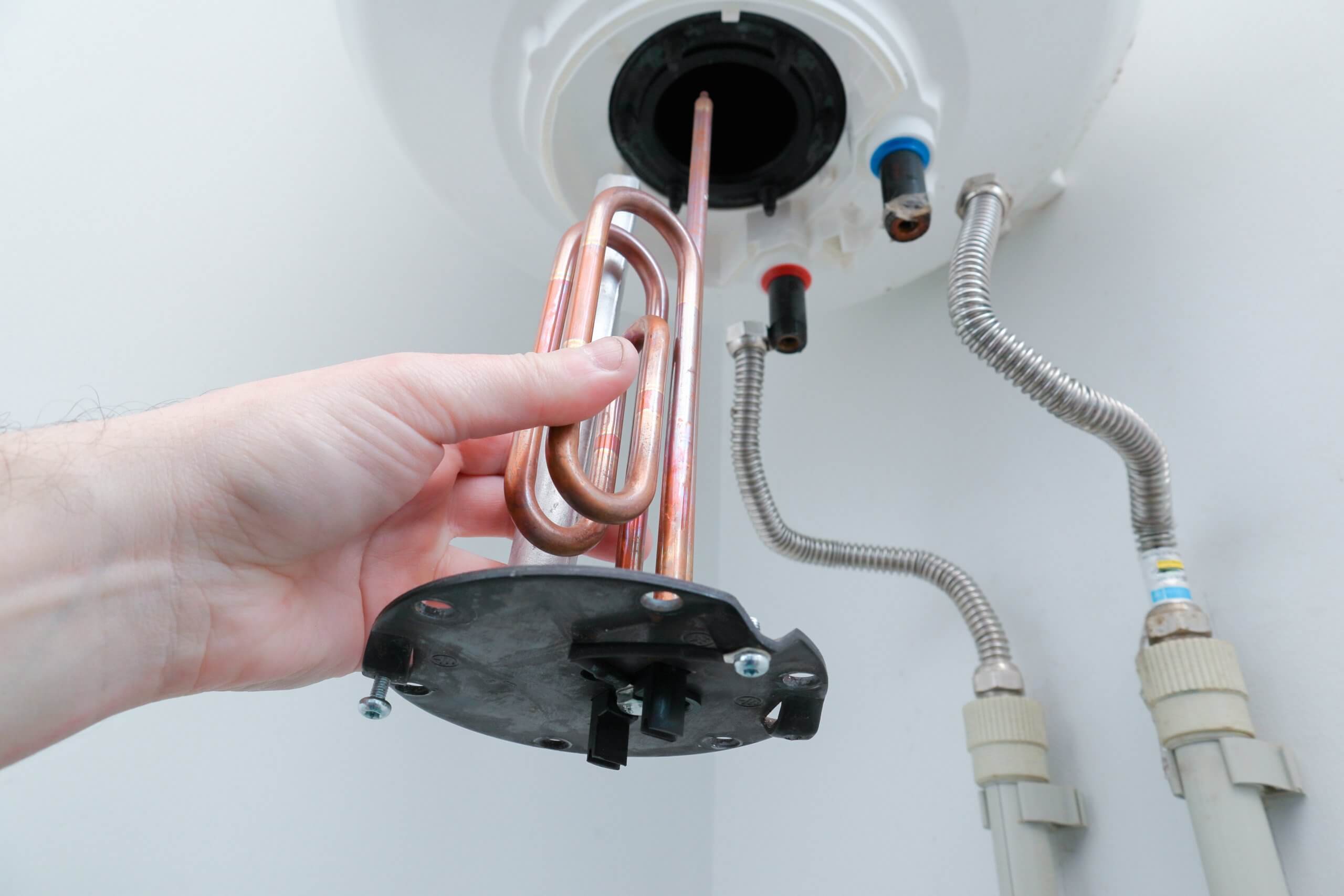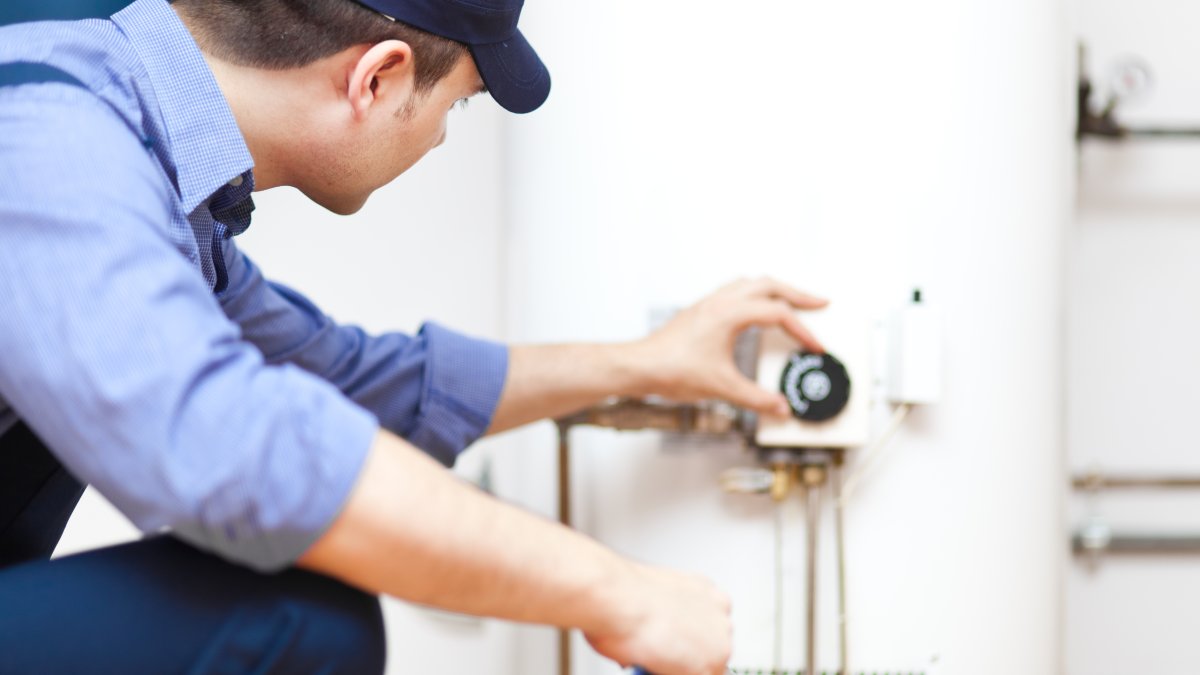
A water heater is a fundamental appliance in most households, providing hot water for daily chores like showering, washing dishes, and doing laundry. However, many people don’t realize the importance of proper care and maintenance for their water heaters.
Regular maintenance can help extend the life of the appliance, improve its efficiency, and reduce energy costs. Fortunately, this article outlines six essential care and maintenance tips to ensure your water heater functions optimally for years to come.
1. Schedule A Regular Maintenance Check
Regularly inspecting your water heater is a crucial preventive maintenance step that can help identify potential issues before they escalate. Aim to inspect the appliance at least once every six months, focusing on signs of rust, corrosion, or damage to the outer casing, pipe connections, and pressure relief valve.
During the inspection, pay close attention to signs of wear or damage to components such as the thermostat, heating element, and anode rod. If you notice any issues during the inspection, contact a professional plumbing company to assess the situation and perform any necessary repairs or replacements.
2. Drain And Flush The Tank Annually
Over time, sediment and mineral deposits from hard water can accumulate at the bottom of the tank, causing a decrease in the appliance’s heating efficiency and potentially leading to overheating. The accumulation can also create hot spots on the tank’s surface, causing the metal to weaken and increasing the risk of leaks or ruptures.
By draining and flushing the tank at least once a year, you can remove the sediment buildup, preserve the water heater’s efficiency, and prolong its lifespan.
Before starting the process, follow the necessary safety precautions, such as turning off the power supply to the water heater and allowing the water to cool. You can, then, use a hose to drain the water from the tank and flush out any remaining sediment with clean water.
3. Check the Pressure Relief Valve
The pressure relief valve is designed to release excess pressure from the tank, preventing the water heater from overheating or experiencing a pressure buildup that could lead to a rupture or explosion. To maintain the optimal performance and safety of your water heater, it is crucial to check the valve at least once a year and ensure it is functioning correctly.

To test the pressure relief valve, turn off the power supply to the water heater and allow the water inside the tank to cool for a few hours. Place a bucket under the valve, then lift the valve’s lever to allow water to flow out.
If the valve releases a steady stream of water, it’s in good working order. If not, it may need to be replaced. By regularly testing and maintaining the pressure relief valve, you can prevent potential hazards and ensure the longevity of your water heater.
4. Adjust The Thermostat
The thermostat controls the temperature of the water inside the tank, and finding the right balance can significantly impact your energy consumption and the risk of scalding accidents.
The majority of water heaters have a default temperature setting of 60°C (140°F), which could be excessively high for many households. Reducing the temperature to 49°C (120°F) can lead to energy conservation, as the water heater will require less energy to sustain the preferred temperature.
Additionally, a lower temperature minimizes the risk of accidental burns, especially for children and the elderly, who may be more sensitive to high water temperatures.
To adjust the thermostat, locate the temperature control dial on the water heater. For electric water heaters, the thermostat is usually found behind a panel on the side of the tank. Gas water heaters typically have a dial located near the gas control valve at the bottom of the unit.
By periodically checking and adjusting the thermostat on your water heater, you can optimize energy efficiency, reduce energy costs, and enhance the safety of your home.
5. Insulate Your Water Heater
Proper insulation helps maintain the water temperature in the tank and pipes, resulting in less energy being consumed to heat the water. Additionally, insulating the pipes reduces the time it takes for hot water to reach faucets and showers, thereby conserving water.
To insulate the water heater, you can use a specially designed insulating blanket, often made from fiberglass or other insulating materials. These blankets are readily available at most home improvement stores and are designed to fit various water heater sizes.
When wrapping the insulating blanket around the tank, make sure to avoid covering the pressure relief valve, the thermostat, and any vents, as these components need to remain accessible and unobstructed for safety and maintenance purposes.
6. Always Check The Condition Of The Anode Rod
The anode rod, typically made of magnesium or aluminum, is designed to sacrifice itself by corroding instead of the tank’s interior lining. Over time, the anode rod deteriorates, and its ability to protect the tank diminishes.
It is recommended to check the anode rod’s condition every two to three years and replace it when it has worn down significantly or is corroded to the point where it’s no longer effective.
First, turn off the power supply to the water heater, shut off the water supply, and relieve pressure by opening a nearby hot water faucet. Then, locate the anode rod, which is typically positioned at the top of the tank, unscrew it, and carefully lift it out to examine its condition.
If the anode rod requires replacement, purchase a new one compatible with your water heater model and made of the same material as the original.
Final Thoughts
Proper care and maintenance of your water heater can save you money on energy bills, extend the appliance’s lifespan, and prevent potential safety hazards. By incorporating these six maintenance tips into your routine, you can ensure your water heater remains in optimal condition for years to come.
David Harrison
Related posts
Stay connected
Today's pick
- Safety Essentials Every CNC Operator Should Follow DailyCNC machining demands precision, consistency, and discipline—but above all, it requires strict attention to safety. Whether you’re working with mills, lathes, routers, or grinders, every machine has the potential to cause serious injury if mishandled. That’s why CNC operators must follow safety protocols daily, no... The post Safety Essentials Every CNC Operator Should Follow Daily […]

